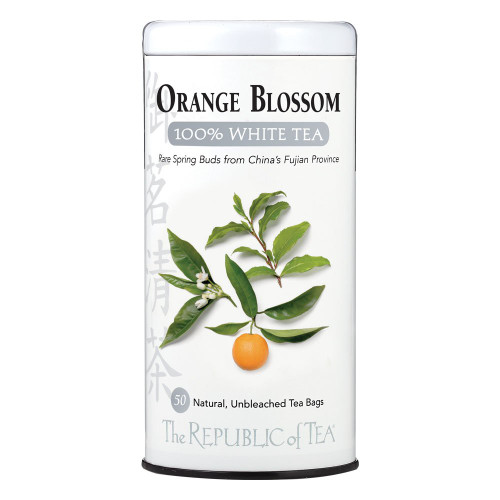Description
White tea is tea in its most natural state. It gets its name from the silvery-white hairs on the unopened buds of the Camellia sinensis plant and is the least processed varietal of tea. These tender, fragile, white downy buds are hand-plucked only a few days of the year and are monitored closely as the leaves are withered and dried. Although called white tea, the tea itself is not white. When steeped, it retains a pale-yellow color and produces a delicate and faintly sweet tea with a light grassy flavor. White tea is the essence of simplicity. White Tea Overview White Tea Health Benefits Because white tea is unprocessed and unfermented, white tea retains higher levels of polyphenols. This gives white tea an advantage over other tea varietals, as it contains the highest levels antioxidants. How to Steep White Tea Steeping white tea is easy. Simply heat fresh, filtered water to just short of boiling, to avoid Ãcookingà the delicate tea. Plan on about one teaspoon of tea or one tea bag per six-ounce cup. If using whole leaf tea, place tea in infusing basket or teapot. Once the water is heated, pour the water over the tea and steep. When using tea bags, steep for 30-60 seconds, or 1-2 minutes for whole leaf tea. Caffeine Content in White Tea The caffeine content in white tea is approximately one-third the amount of caffeine per cup than in a similar sized cup of coffee. On average, a six-ounce cup of white tea has approximately 20 milligrams of caffeine. History The exact origin of white tea is unclear; however, there are several stories as to how white tea came about. Some claim that white tea referred to time when impoverished Chinese villagers could not afford tea and simply boiled and served water. Others claim white tea was created when tea-makers tried to get an early start in the year by picking immature buds. Regardless of the origin, white tea was known as the EmperorÃs Tea during the Song Dynasty and was reserved solely for the royal court.

















